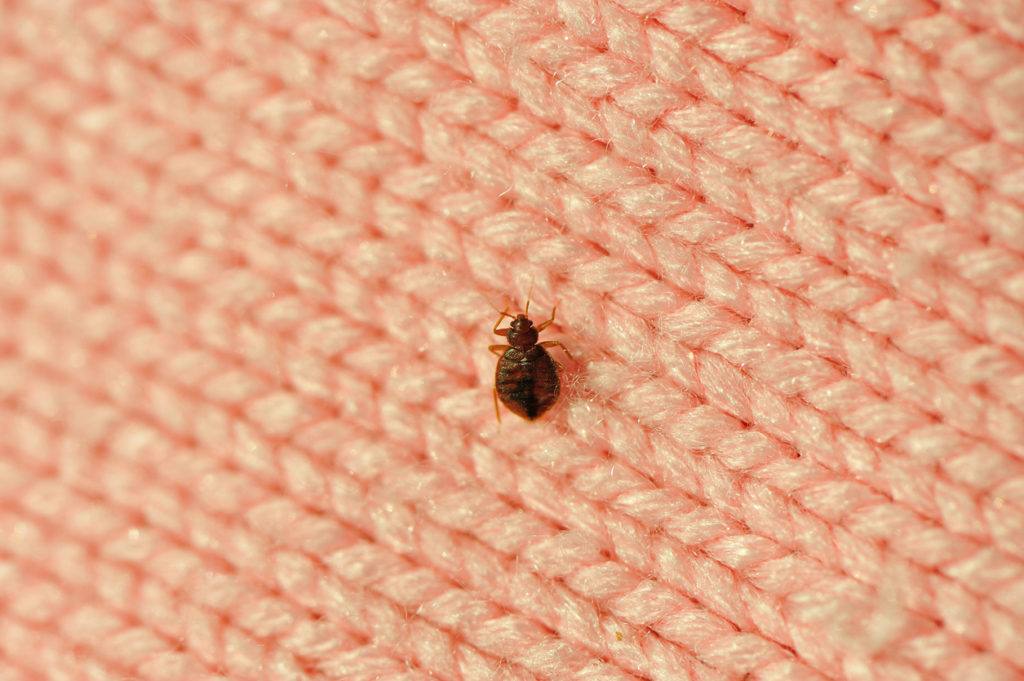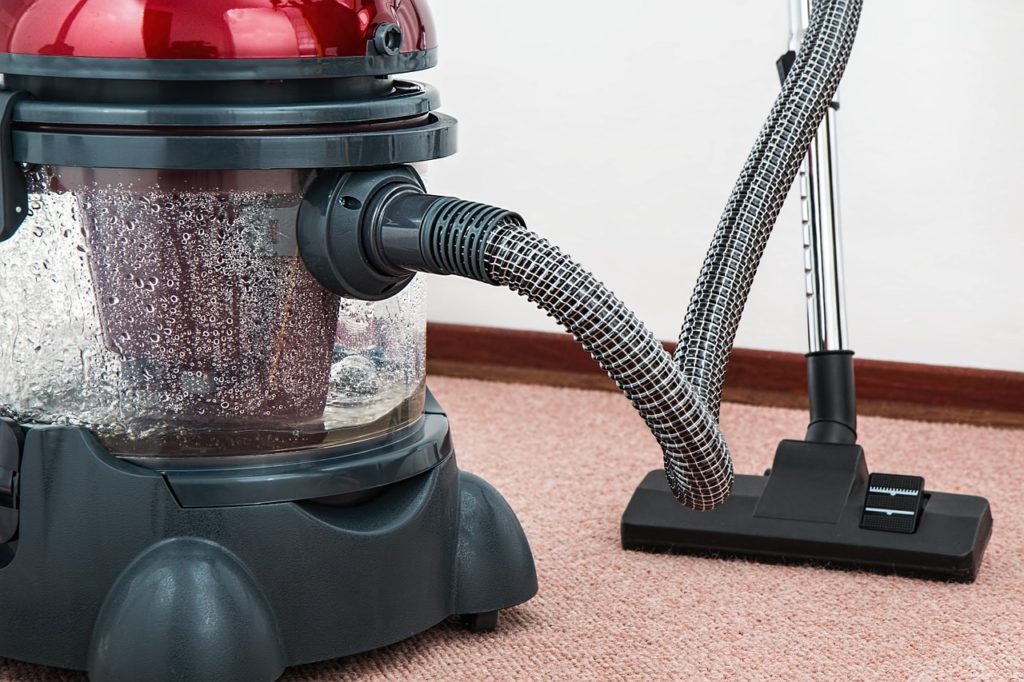9 min read
How to Get Property Management Clients (Lead Gen Methods)
With such a competitive and fast-paced real estate market, especially rental markets, knowing how to get property management clients is crucial for starting and...

Although any bug infestation is a dreaded experience for both landlords and tenants alike, there is one bug infestation that is more dreaded than any: bed bug infestations.
Bed bugs are masters at traveling to new places and entering homes without the residents’ knowledge. Although bed bugs are often associated with only the dirty and poor, the reality is that in the modern world of increased travel, anyone can fall prey to a bed bug infestation. They can be picked up in hotels, airports, or even at a friend’s house. Once enough bed bugs take up residence, the process of getting rid of them can be extremely difficult – but we’re here to help you get started.
The best way to never have to deal with a bed bug infestation is to prevent one from happening. While this can be difficult if you are the landlord, as you cannot control everything your tenants do, you can educate your tenants on the best methods for prevention.
It is important to first recognize that bed bugs can travel easily through simple means. They can climb into a suitcase and hitchhike a ride home with even the cleanest of people. They can travel on clothing, bedding, boxes, and furniture. They are extremely small and hard to detect, which makes them masters at free travel. They also are capable of living without a food source for up to a year at a time, which means they can lurk in waiting for their next host for long periods of time.
To prevent an infestation:
As a landlord, you can take certain actions that will help prevent infestations from spreading. If you have a multifamily unit, make sure each unit is isolated. Seal up any cracks or crevices and install door sweeps on the bottom of doors to keep bed bugs from being able to travel from unit to unit.

If a bed bug infestation does occur, it is important to take the situation seriously. The moment a tenant reports the presence of bed bugs to you, take action. It is also important to note that depending on where your rental property is located, there may be local laws and regulations in place that dictate how you must handle the infestation. Check with a local attorney to make sure you are abiding by any local regulations. You can see a list of regulations for state bed bug laws here.
There are two different courses of action you can take in regards to the presence of bed bugs. You can immediately call in the professionals and have them take over, or you can attempt to get rid of the bugs yourself.
Contacting a professional bed bug exterminator is safest and best course of action you will have for removing bed bugs. They are extremely difficult to try to get rid of on your own. If you do decide to try to handle the problem without contacting an exterminator, be forewarned that you will be in for a long battle.
Most landlords opt to call in the pros because:
The EPA also recommends you call in a professional. They have put together this useful guide on hiring a pest management professional for bed bugs, including tips about how to ensure the pros are doing their job. While it may be tempting to try to control bed bugs on your own to cut costs, the reality is you could cost yourself more in time, money, and the further spread of bed bugs when you attempt to do it yourself.
Remember, as stated above, you need to check with local laws before you start any process of removing bed bugs on your own. The success of your DIY bed bug removal will be largely dependent upon how bad the infestation is, how cluttered the property is, and how cooperative everyone involved is. If you can work on the removal of bed bugs when the property is not occupied, you’ll have the best chance for success.

The first step will be to clean everything from top to bottom while removing as many items from the home as possible (be sure anything you remove from the home is bagged up and sealed to prevent spreading the bed bugs to another location).
All bedding needs to be bagged up, washed, and then dried on the highest heat setting possible to kill any bed bugs. Any stuffed toys or pet-related items need to also be washed and dried at high heats. Anything that can be removed, should be removed. If an item cannot be washed and dried, it needs to be sealed in a plastic bag and left that way until any active bugs are dead. This can take upwards of a year.
When cleaning the home, vacuuming will be critical. Make sure every time you change out a vacuum bag or empty the vacuum you immediately get rid of the bag or debris into a trash can outside of the home. Bed bugs can climb out of trash cans in the house and reinfest your home. Vacuum thoroughly, reaching crevices, cracks, and baseboards.
Clean any non-carpeted floors by sweeping the area, disinfecting it, and sweeping it again. You cannot be too thorough during the cleaning stage. Nothing is off-limits for bed bugs.
Furniture, particularly mattresses, is notorious for acting as a home for bed bugs. Unlike other pests, such as ticks, which need to live on their host, bed bugs only use their hosts for feeding. The rest of the time they reside in furniture, carpets, walls, or other areas of the home. If the infestation is particularly bad, vacuuming and cleaning furniture may not cut it.
When furniture cannot be salvaged, it is important to dispose of it responsibly. Ensure no one else will pick up the “free furniture” and spread the infestation to their home. Slash couch cushions and mattresses, or use spray paint to write “Bed Bugs” on any items left by public dumpsters.
When it comes to actually killing bed bugs living in the home, there are a number of methods that are used by professionals. Some include heat treatments, cold treatments, or pesticides. If you are going to use any of these methods on your own, review what is legal and safe per the EPA. Using methods that are not legal or safe can result in serious consequences such as poisoning residents, damaging property, or causing an explosion.
If you have a freezer that maintains a temperature of zero degrees Fahrenheit or below, you can kill bed bugs on items you can store in the freezer for four days. You need to ensure the freezer stays below zero degrees that entire time by using a thermometer.
If you decide to use pesticides, carefully read the labels and follow all instructions precisely. Normal foggers will not kill bed bugs, so look for products that are specifically designed for bed bugs. Remember, never use a product that is not intended for indoor use inside of a residence.
Desiccants, or drying agents, are one of the best methods for killing bed bugs as the pests cannot build up a resistance to the product. Be careful that you only use desiccants that are registered as a pesticide, as other products can be extremely dangerous and harmful when breathed in. Although desiccants are effective, they often take months to work.
Once you have cleaned the property and rid the home of any active bed bugs and eggs, it is time to monitor the situation. Most professionals will visit your property multiple times as one round of treatment is rarely enough. Keep inspecting the property for any signs of bed bugs every seven days, as eggs can hatch after this length of time.
While bed bugs can wind up hitchhiking home with even the most responsible of tenants, you will be able to prevent an out-of-control infestation easiest when your tenants communicate the problem early on. Looking for responsible tenants who will report issues, such as bed bugs, to you in a timely manner is an important aspect in saving yourself from major headaches down the road. Screen tenants thoroughly during the application process and take note of how well they handle communication. Make sure you also do your part in ensuring communication is simple between you and your tenant. Creating an open door for communication is critical so that tenants do not leave a problem, such as bed bugs, unattended for long.
If you live in a city with a well-known bed bug problem, it might also be worth having a professional inspect your property after one tenant leaves and before a new tenant moves in. This can also help you prove that the property was free of bed bugs when a new tenant arrived.
DISCLAIMER: TurboTenant, Inc. does not provide legal advice. This material has been prepared for informational purposes only. All users are advised to check all applicable local, state, and federal laws and consult legal counsel should questions arise.
9 min read
With such a competitive and fast-paced real estate market, especially rental markets, knowing how to get property management clients is crucial for starting and...
8 min read
Condo property management, on its face, is exactly what it sounds like — overseeing one or many units in a condominium building...
7 min read
Finding the ideal commercial or residential rental property can be challenging for renters, as it may only meet some of their specific...